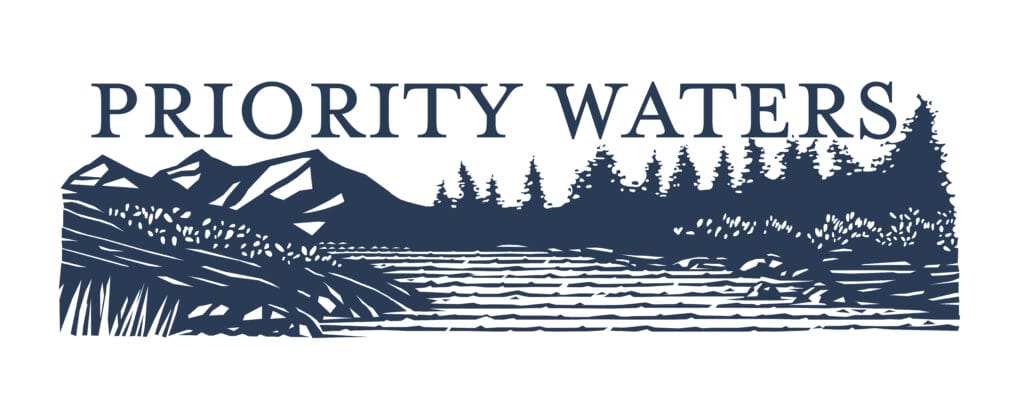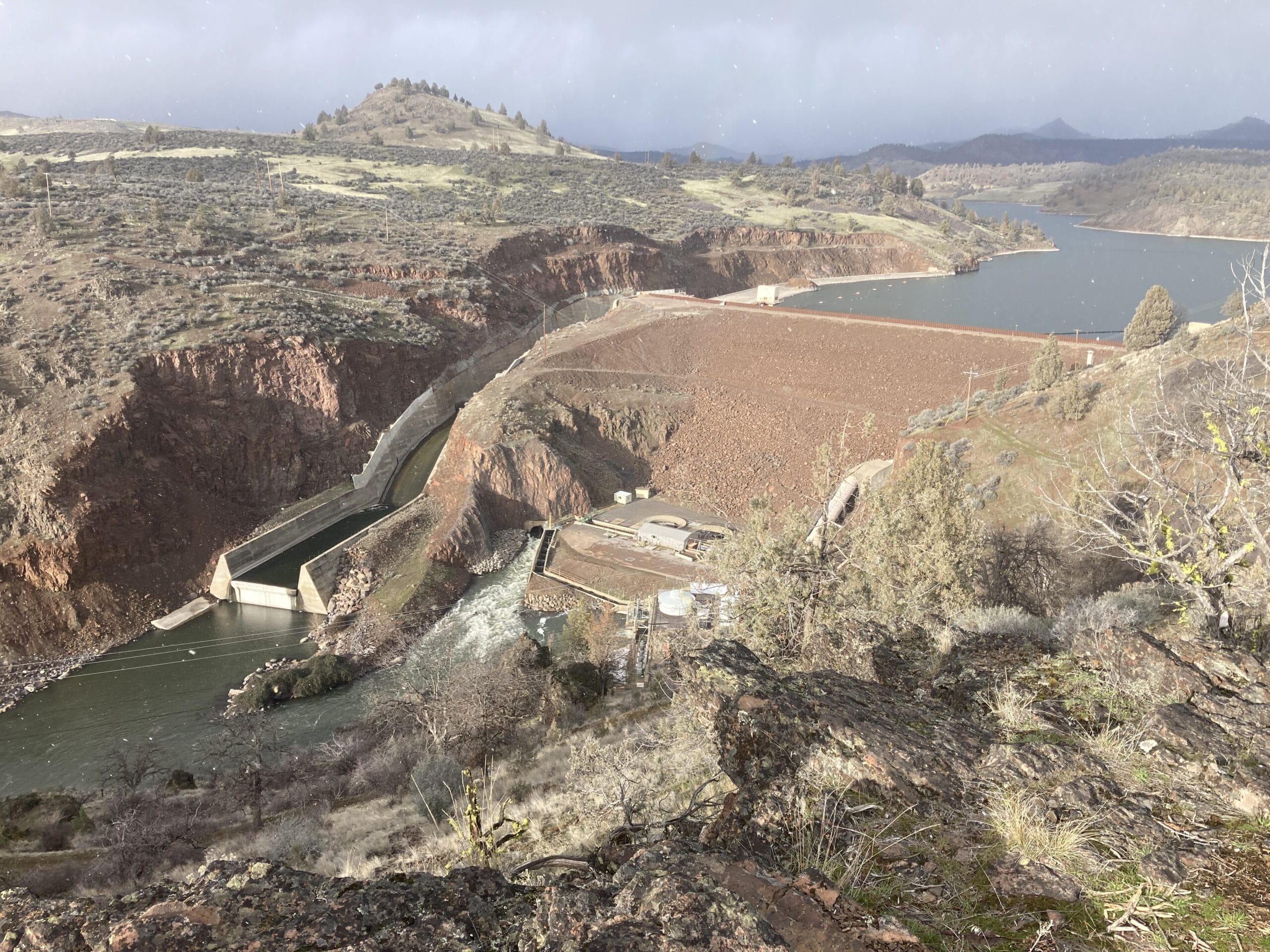The world’s largest dam removal project takes another step forward as the reservoirs behind Iron Gate, Copco 1 and JC Boyle Dams begin to be drained
In the middle of January, early in the morning on a cold winter’s day, the process to reconnect the Klamath River took another huge step forward. Crews opened the tunnel below Iron Gate Dam to begin drawing down the reservoir impounded behind the massive barrier to fish migration. The next day, the tunnel’s gate was opened a bit further and larger amounts of sediment and water began flowing out.
The following week, the Klamath River Renewal Corporation (KRRC) used explosives to breach the JC Boyle Dam. On January 23, water releases at Copco 1 began when crews blew open a tunnel to drain that reservoir, too.
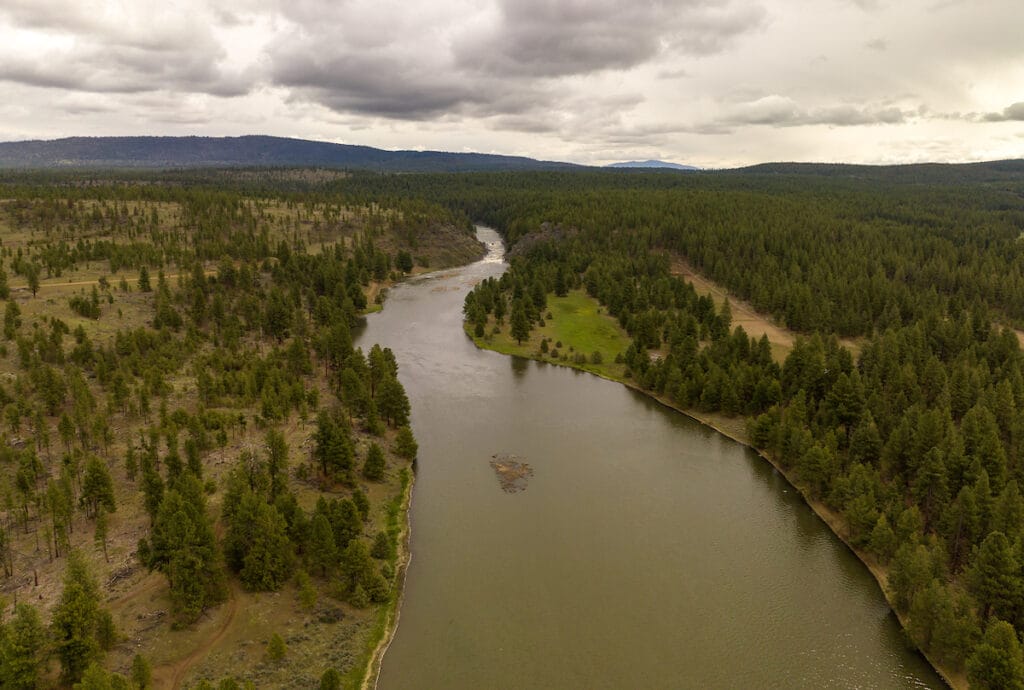
Over the coming months, the reservoirs behind Iron Gate, Copco 1, and the JC Boyle Dams – the three remaining dams scheduled to be removed this year – will be drained. Iron Gate, the lowest dam in the system, was the first to begin the process. Restoration of the reservoir sites will begin almost immediately, as crews working with the Klamath River Renewal Corporation begin to revegetate the former reservoir sites with native plant seeds.
Early this summer, when water levels in the former reservoirs recede to the river’s channel, work to physically remove the dams will begin. The river is expected to be free flowing by late 2024. Salmon, steelhead and Pacific Lamprey will regain access to over 400 miles of spawning and rearing habitat for the first time in over a century.
A Milestone for a Reconnected Klamath Watershed
Shane Anderson and the crew at Swiftwater Films is working with the KRRC to document key moments of dam removal. To celebrate the start of the reservoir draw down at Iron Gate Dam, they put together a time-lapse video showing the moment the Dam’s low-level outlet tunnel was opened. They also posted a live feed video documenting the moment the JC Boyle Dam was breached and incredible footage of the detonation and surge of water released at the Copco Dam.
TU members will already be familiar with Swiftwater Film’s work. They worked with the Nez Perce Tribe to make the inspiring film “Covenant of the Salmon People” calling for the removal of the four dams on the Lower Snake River. It was screened at CX3 in Spokane, Washington this past fall and is now available to watch online. You can learn more about their work, and support it, at The Redford Center’s page Undamming Klamath.
Journalists from National Public Radio (NPR) were also on site to document this important milestone. Along with other long-time advocates for dam removal, they interviewed Amy Cordalis, a Yurok tribal member, attorney, founder of Ridges to Riffles Indigenous Conservation Group, and TU board member, as the tunnel gate was opened.
“This is historic and life-changing,” Cordalis told the NPR journalists. “And it means that the Yurok people have a future. It means the river has a future; the salmon have a future.”
Learn More About Klamath River Reconnection and Restoration
For nearly twenty years, TU has worked alongside Tribal partners, anglers and commercial fisherman, government agencies and other conservation organizations to build the path forward for dam removal on the Klamath River. In the coming months, as drawdown and demolition move forward, there will be many remarkable moments to celebrate as the dream of a reconnected Klamath continues to unfold. In the meantime, TU staff working upstream of the barriers will continue their work to restore habitat and ensure supplies of cold, clean water in anticipation of salmon, steelhead and lamprey returning.
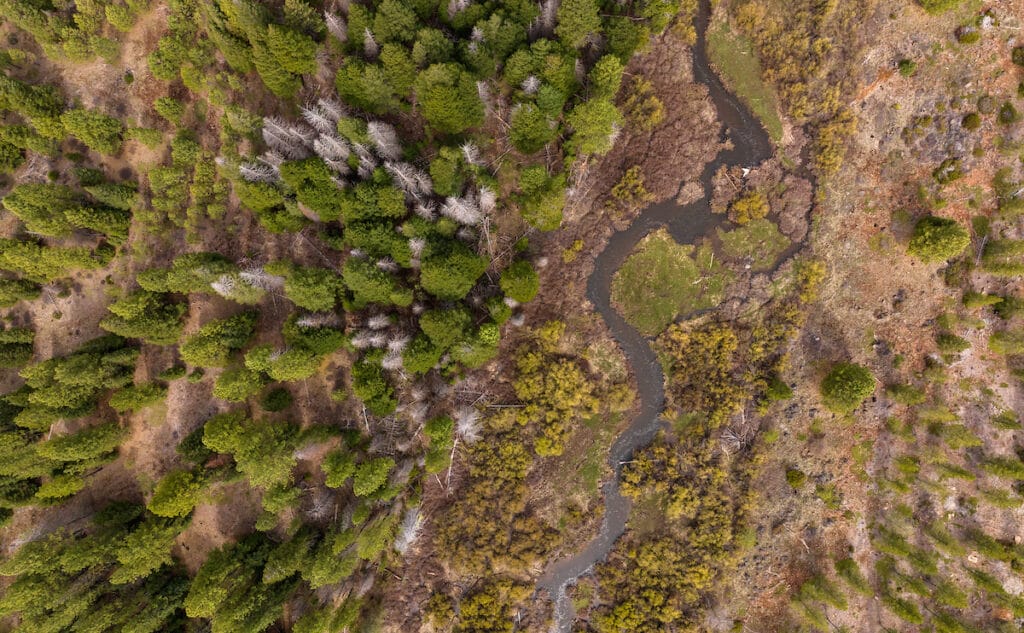
As the reservoir behind the three remaining dams begin to drain, now is a great time to learn more about the work happening in the Klamath watershed to restore native fish populations and support local communities.
This summer, when Copco 2 was removed, TU’s Sam Davidson took a moment to celebrate the first dam coming down on the Klamath and provide a survey of TU’s work in this Priority Water.
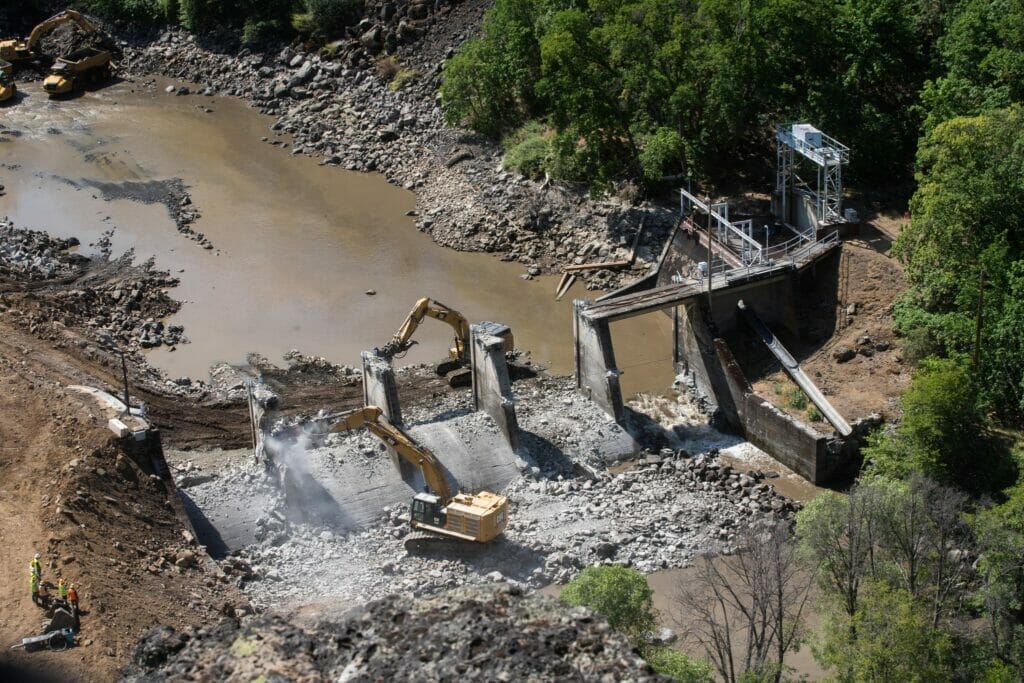
Brian Johnson is the Director of TU’s California Programs. He also serves as the president of the Board of Directors of the KRRC. He has spent nearly two decades of his career working to reconnect and restore the Klamath River. Last year, he sat down with artist and angler Richard Harrington on the River Rambler Podcast to discuss the coalition that made this incredible work possible and what the future could hold for a reconnected Klamath Basin.
Trout Unlimited staff partnered with the National Oceanic and Atmospheric Administration (NOAA) Restoration Center and the Pacific States Marine Fisheries Commission (PSMFC) to produce a comprehensive report identifying and prioritizing the most impactful restoration projects within the Klamath River’s reservoir reach. This work took two years and provides a road map to guide the restoration work required to provide returning fish the best chance possible to reestablish their populations in this key portion of the watershed.
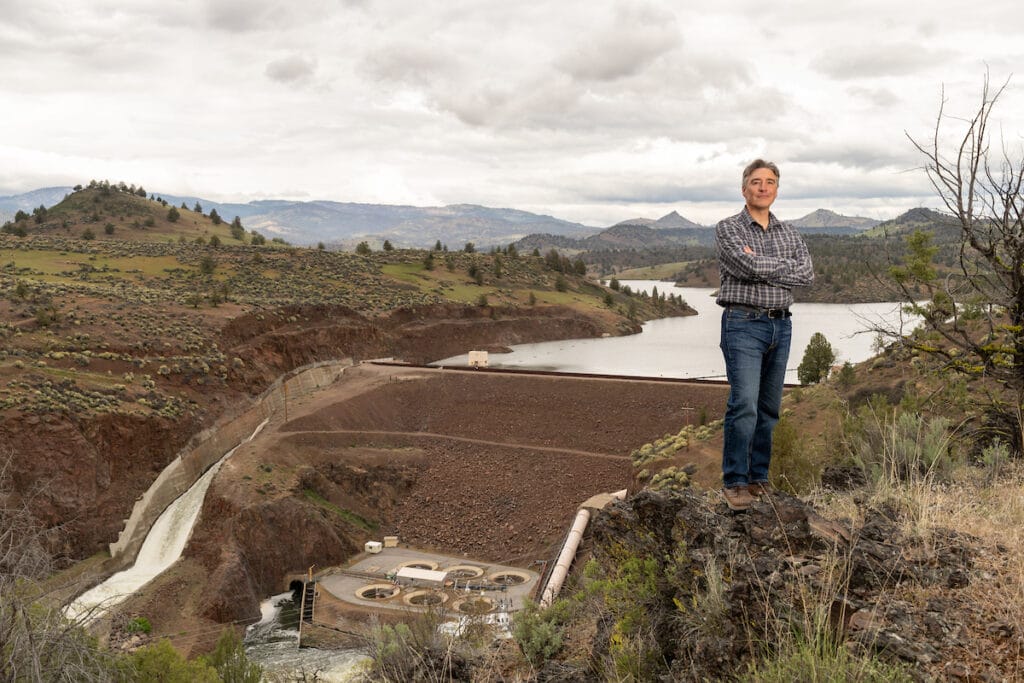
Interested in learning more about how populations of salmon and steelhead will be restored and monitored following dam removal? TU’s Haley Ohms, a salmon biologist, looks at Oregon and California’s fish reintroduction and recovery plans in this recent essay “Planning for Salmon and Steelhead to Return as the Klamath Dams Come Down.”
Continue to follow along here or learn more about TU’s work in the Klamath Basin on our new Priority Waters site.
